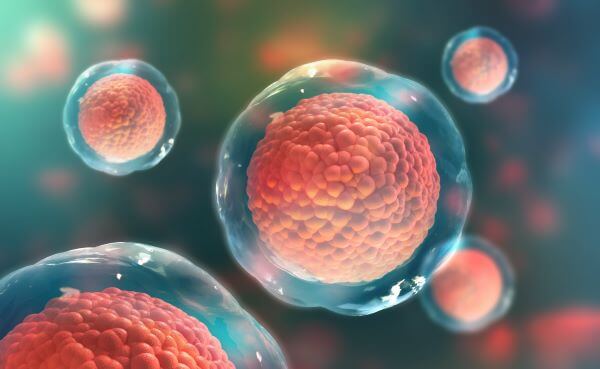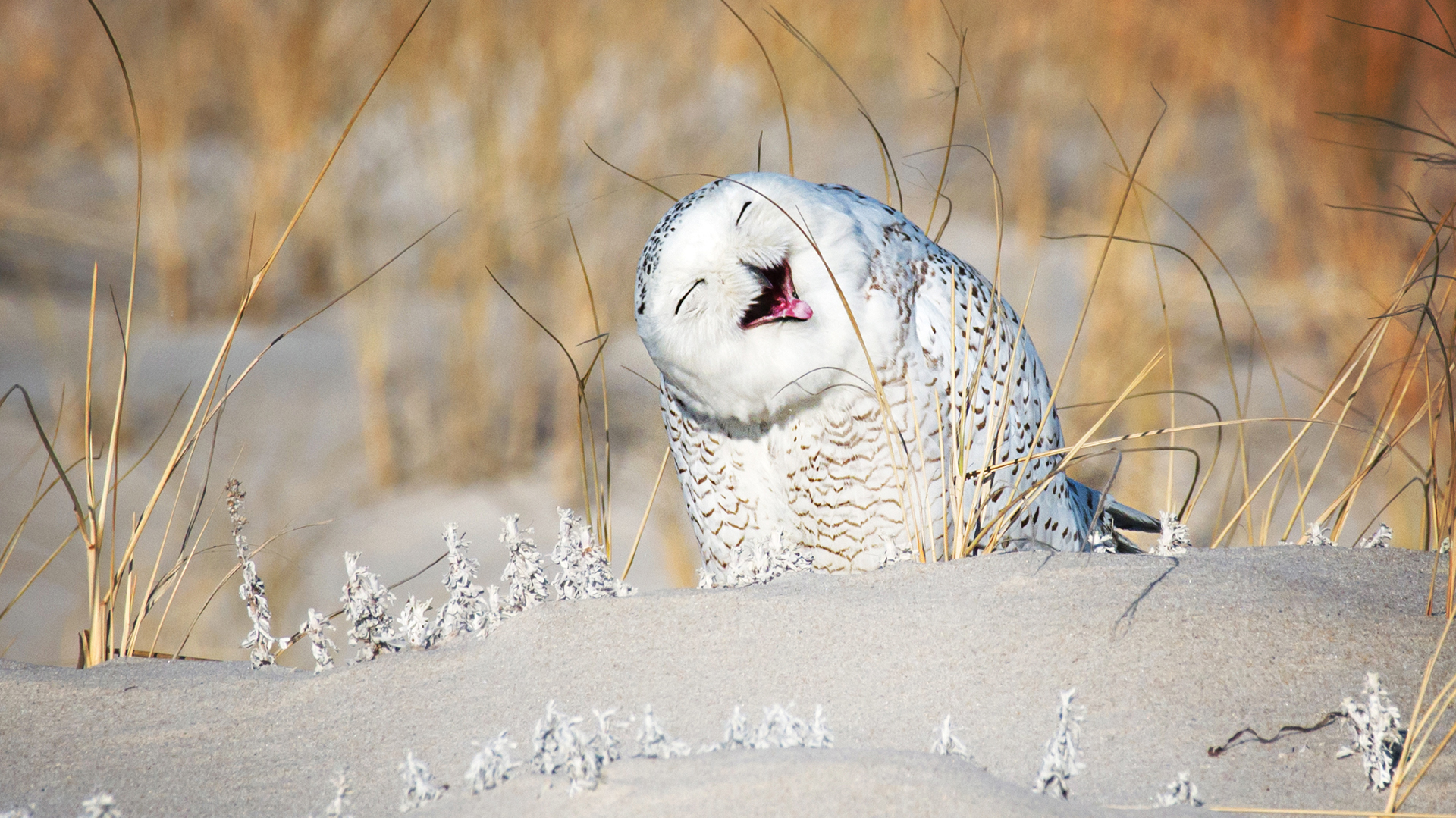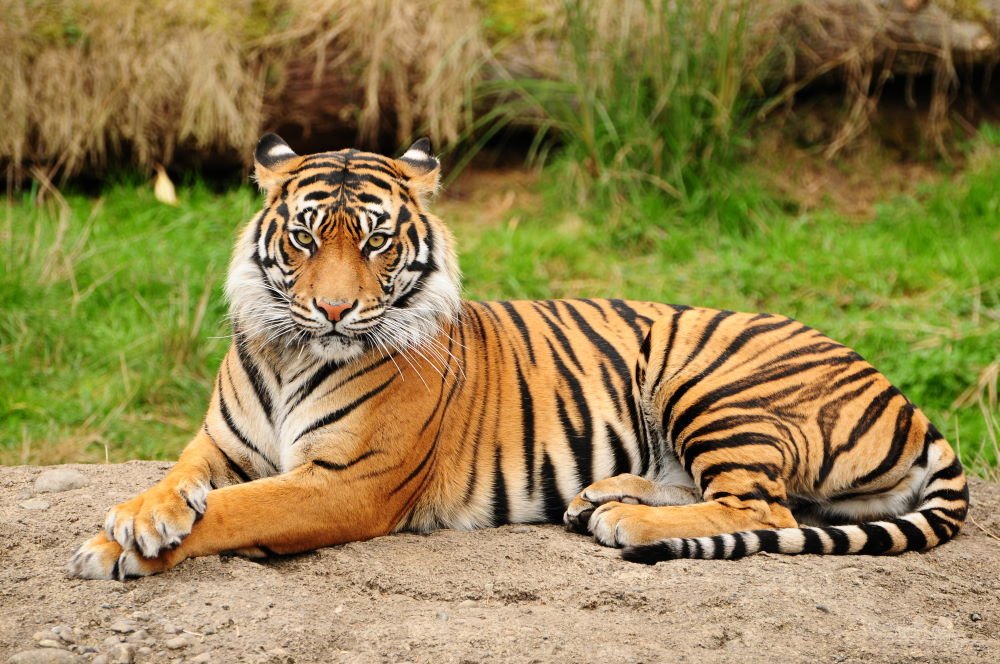Today scientists have developed what we call the Cell Theory. This theory states the following:
- All living things are made of cells.
- Cells are the basic units of structure and function in living things.
- Living cells come only from other living cells.
|
Fasten your seatbelts. You are about to see a world that is all around you, and yet so small that you probably have never seen it before. What is this world? It is the world inside your body, and inside the bodies of all living things. It is the world of the cell. |
How big are cells? Cells can range in size from the largest, which are about the size of a period at the end of this sentence, to the smallest, which are so tiny they can only be seen with very powerful microscopes.
Inside a cell are tiny organs called organelles. The word organelle is a big word that means small organ. These organelles function to provide for the needs of the cell. They work to bring in food supplies, get rid of waste, protect the cell, repair the cell, and help it grow and reproduce.
|
Cell Wall The first cell structure we will explore is the cell wall. Found only in plant cells, the cell wall provides the cell with additional strength. Cell walls are thick walls built around the cell. These walls are made from cellulose. |
|
Why do plants have cell walls and not animals? Think about how a plant grows. Plants grow tall, towards the Sun’s light. In order to provide plants with the strength necessary to support their weight, the cells within the plant have this hard cell covering. If a tree were soft and mushy like an animal, do you think they could stand strong and tall?
|
|
What would happen if the cells in your body had cell walls? If an animal’s body were made of plant cells, the animal would be very stiff and unable to move easily. Instead of cell walls, animals use other creative solutions to give them strength. For example, many animal’s bodies are built on a structure of bones. These bones allow the animal to have the strength to stand up, but the flexibility to move quickly.
Cell Membrane
|
Found in both plant and animal cells, the cell membrane is the outside wall of a cell. In plant cells, it is a second wall, and is found just inside the main cell wall. The cell membranes found in animal cells contain a chemical called cholesterol. This chemical makes the membrane harder. Plant cells do not need cholesterol because they have a cell wall, as a result, their cell membranes are softer. |
| In order for a cell to remain healthy, the cell needs to be able to bring in food, and get rid of waste. Look closely at this picture. You will notice that the cell membrane has small openings, or doorways. These openings allow the cells to move materials in and out of the cell. |
Think of your home, or school. On the outside of the building are walls. These walls protect the building from danger and from weather. At various locations on the building are small openings that allow food, people, electricity, and water to enter. There are also openings that allow things to leave, including waste. Without these openings, the building would not be much use.
Cytoplasm
|
As you travel through the cell membrane and enter the cell, you will find yourself floating in a kind of jelly. This jelly that fills the inside of a cell is called Cytoplasm. Cytoplasm helps to hold the cell’s organelles (small organs) in place. |
| Cytoplasm also gives the cell structure. Think of a balloon. An empty balloon does not have much structure. However, if we fill it with something, like water, it begins to take shape. |
Cytoplasm also helps the cell move proteins, chromosomes and other materials, including the cells organelles, around the cell.
Endoplasmic Reticulum (ER)
How do you travel from home to school? Do you take a road or sidewalk? Roads and sidewalks give people a path to follow as we move about our cities. A cell also has a system of tiny roads. These roads are actually tubes called the endoplasmic reticulum.
|
These clear tubes travel throughout all parts of the cell. Some go from the nuclear membrane to the outside cellular membrane. Others travel to different organelles. Throughout the cell, the endoplasmic reticulum carries materials where they need to go. |
Whenever you hear the word endoplasmic reticulum, just think “cellular highway.” So climb aboard the endoplasmic reticulum as we prepare to travel to, and explore the rest of the cell.
Ribosomes
|
As you travel along the endoplasmic reticulum, you will notice that stuck to the sides of this tube are several small balls called ribosomes. Ribosomes are like small factories, that use available materials to build proteins. These proteins can then be used by the cell for other purposes, such as to build new structures, repair damage, and direct chemical reactions. |
|
Why do you think ribosomes are found on the walls of the endoplasmic reticulum? Think about it. Remember, the endoplasmic reticulum is the cell’s transportation system. When a ribosome is done building a protein, it can release it directly into the endoplasmic reticulum where it can then be transported to wherever it is needed. Not all ribosomes end up attached to the inside of the endoplasmic reticulum. Many simply float around in the cytoplasm. Ribosomes are created in the nucleolus, which is found inside the cell’s nucleus. |
Lysosomes
|
As you travel through the endoplasmic reticulum, look out into the cytoplasm. You will see small round objects called Lysosomes. Lysosomes are filled with enzymes that are used to break up and partially digest food. The food particles are broken up into smaller pieces, which can then be passed on to another organelle called mitochondria. We will learn about the mitochondria shortly. |
|
Another important job that the lysosomes perform is to break down and digest older parts of a cell. As a cell ages, parts of it need to be replaced. The lysosomes break down the old parts so that the materials can be reused to build new parts. |
The Mighty Mitochondria
|
The organelle responsible for energy production inside a cell is called a Mitochondrion (Plural: Mitochondria). These pill shaped organelles take food and break it apart into water and carbon dioxide. As food is broken down, an enormous amount of energy is created. It is known as the power house of the cell. It uses sugar to create a chemical called ATP. We often call it Mighty, because this helps us to remember that it is the power house of the cell. |
Think of the power generators that produce electricity for our cities. As these power generators break up fuel, they create electricity which is captured and transmitted throughout the city.
Within living things, cells which are more active need more energy. As a result, these cells have more mitochondria. In a similar way, bigger cities need more power, and as a result, these cities have more power plants.
Golgi Apparatus
|
The Golgi Apparatus is responsible for taking the proteins which were created by the ribosomes and making them bigger and better. Think of an assembly line where cars are made. The first worker creates a car frame. The next worker adds an engine, or seats, or other parts. |
|
Ribosomes are like the first worker in the example above. They create basic proteins. The golgi apparatus then takes these proteins and adds to them, making them bigger and better. |
When the golgi apparatus is done, it releases the new proteins into the cell, where they can be used to strengthen and build up the cell.
Vacuoles
Vacuoles are small sacs are filled with food and water. They are used by cells as storage tanks. All plant cells have vacuoles, but not all animal cells do. The primary place where plants store water is within its vacuoles. When a plant’s vacuoles are filled with water they become plump, giving the plant strength. What happens when you do not water a plant? It begins to wilt, becoming softer. This is because the vacuoles found inside the plants cells are running out of water.
Chloroplasts
When you look at a plant, what color do you most often see? What makes plants green? The last organelle we will explore is the chloroplast. A chloroplast is a small pill-shaped organelle found only in plants. Chloroplasts are green because they are filled with a green pigment, or chemical called chlorophyll. Chlorophyll is used by a plant to capture energy from the sun, which can later be used to create food.






